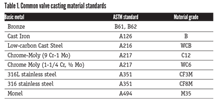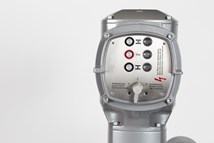U.S. Job Openings Remain High
Average hourly pay increased 5.1% in February compared with a year earlier — a rapid gain that forces companies to either become more efficient or raise prices to offset their higher labor costs.
Edited by Margo Ellis
.jpg;maxWidth=385)
U.S. businesses posted a near-record level of open jobs in January, a trend that has helped push up worker’s pay and added to inflationary pressures in the U.S. economy.
Employers posted 11.3 million jobs at the end of January, down slightly from a record of 11.4 million in December, the Labor Department said last week.
The number of people quitting their jobs slipped to 4.25 million, down from 4.4 million, though January’s figure is still 23% above pre-pandemic levels. Millions of people are taking advantage of numerous opportunities to switch jobs, often for higher pay. The vast majority of those quitting do so to take another position.
The figures are for January and as a result do not reflect any potential impact from Russia’s invasion of Ukraine, though few economists anticipate the war will reduce hiring in the immediate future. Read the complete article on Manufacturing.net here.
RELATED CONTENT
-
New API Standard for Globe Valves
While the American Petroleum Institute (API) and other organizations published a variety of valve standards covering gate, ball, check, butterfly and plug valves for decades, the first for globe valves came out in 2013.
-
Piping Codes and Valve Standards
As with every intended use for valves, piping carries its own set of standards that valve companies and users need to understand.
-
Grappling with the World's Complex Energy Transition Through an ESG Lens
With a long list of contributing factors, the world is barreling headlong into an energy transition that’s full of challenges, opportunities and lofty net-zero goals.











 Unloading large gate valve.jpg;maxWidth=214)